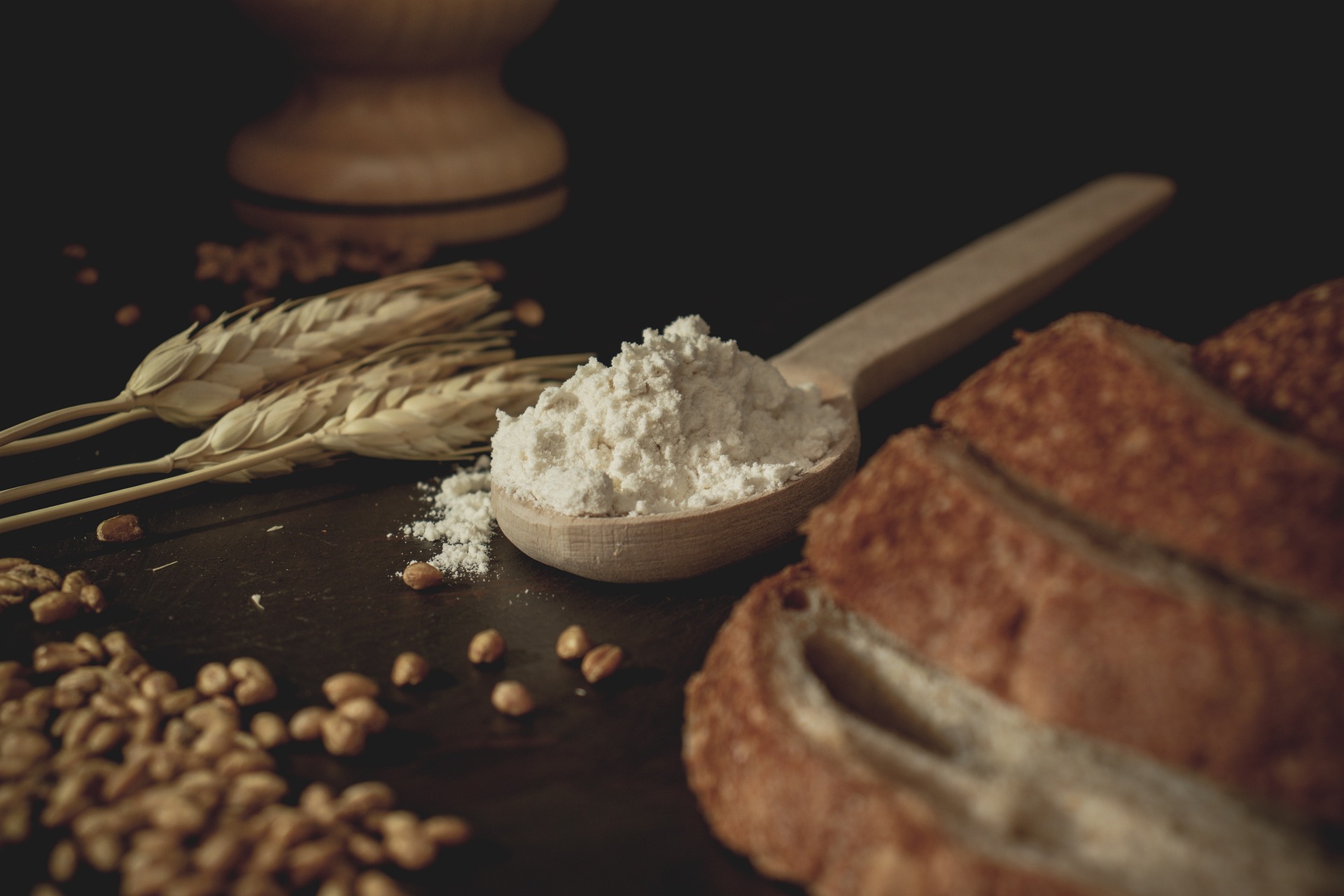In the ever-evolving landscape of the food industry, the use of natural colors in bakery products has gained significant traction. This shift is driven by a multitude of factors ranging from health concerns to consumer preferences and environmental considerations. Below, we delve into the myriad advantages that natural colors offer to both bakers and consumers.
Health and Safety
One of the primary benefits of natural colors is their safety profile. Derived from fruits, vegetables, spices, and other natural sources, these colors are generally non-toxic and free from the harmful chemicals often found in synthetic dyes. This makes them a safer option for all consumers, particularly children and individuals with sensitivities. Unlike some artificial colorants that can cause allergic reactions or hyperactivity, natural colors are less likely to provoke such adverse effects, making them a healthier choice for bakery products.
Consumer Appeal
Modern consumers are increasingly inclined towards “clean label” products, which feature fewer artificial ingredients and additives. Natural colors help bakery items meet this demand, making them more appealing to health-conscious buyers. Additionally, products with natural ingredients are often perceived as higher quality and more premium, enhancing the overall brand reputation and fostering customer loyalty. This perception of quality can be a decisive factor in the competitive bakery market.
Sustainability and Environmental Impact
Natural colors are typically more environmentally friendly to produce and dispose of compared to their synthetic counterparts, which can have a significant ecological footprint. Many natural colors come from renewable resources, supporting sustainable agricultural practices. By choosing natural colorants, bakeries can reduce their environmental impact and contribute to a more sustainable food system, aligning with the growing consumer concern for eco-friendly products.
Flavor and Nutritional Benefits
An often-overlooked advantage of natural colors is the additional flavor and nutritional value they can bring to bakery products. Natural colorants derived from ingredients like berries or vegetables not only add vibrant hues but also contribute subtle, complementary flavors. Furthermore, these ingredients can enhance the nutritional profile of baked goods, offering vitamins, antioxidants, and other beneficial nutrients, thus providing added health benefits to consumers.
Marketing and Differentiation
In a crowded market, using natural colors can serve as a strong unique selling proposition. This approach can help bakery products stand out, attracting a segment of consumers who prioritize natural and healthful ingredients. The use of natural colors also promotes transparency and trust, as consumers tend to favor brands that are open about their sourcing and production processes. By highlighting the use of natural colors, bakeries can enhance their marketing efforts and build a more loyal customer base.
Regulatory and Compliance
Navigating the regulatory landscape of food additives can be challenging. Natural colors often come with fewer regulatory hurdles compared to synthetic dyes, which have been subject to extensive scrutiny and debate. This can simplify compliance with food safety authorities around the world, reducing the risk of regulatory issues and negative publicity associated with artificial additives.
Versatility and Innovation
Natural colors offer a wide range of creative possibilities for bakers. From vibrant rainbow cakes to delicately tinted pastries, these colors enable the creation of visually stunning products that cater to contemporary trends. Additionally, natural colors can help bakers produce items that resonate with cultural or traditional preferences, allowing for a deeper connection with heritage and tradition. This versatility fosters innovation, enabling bakers to experiment and create unique, appealing bakery products.
Conclusion
The use of natural colors in bakery products provides a host of benefits that extend beyond mere aesthetics. They enhance health and safety, meet consumer demand for clean labels, support environmental sustainability, and offer unique marketing advantages. By opting for natural colors, bakeries can create products that are not only visually appealing but also aligned with modern consumer values and preferences. In a market where consumers are increasingly mindful of what goes into their food, natural colors represent a vibrant, healthful, and sustainable choice.

